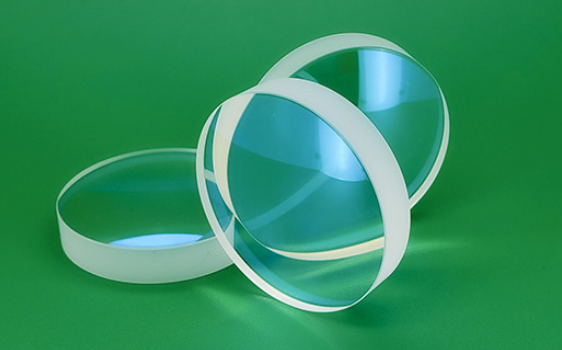Difference Between Concave and Convex Lens
Feb. 20, 2024
A lens functions as an optical instrument that utilizes refraction to either converge or diverge a beam of light. It serves as an optical transmissive system, manipulating light through the process of refraction to either focus or disperse the light beam. Lenses are broadly categorized into two types: concave and convex.
Is there a distinction between these two types? Indeed, there are several factors that set them apart. Each lens type possesses unique characteristics in terms of image formation and applications, which we will explore on this page. Additionally, we will delve into the differences between concave and convex lenses. Furthermore, we will examine the practical applications of both concave and convex lenses, using everyday examples to illustrate their real-life uses.
Concave and Convex Lenses - Definition
Convex Lens
A convex lens, also known as a positive lens, exhibits outward bulging of its glass (or plastic) surfaces at the center. This type of lens is referred to as a converging lens because parallel light rays passing through it bend inward and converge at a specific point just beyond the lens, known as the focal point.
Concave Lens
In contrast, a concave lens features external surfaces curving inward. This lens operates oppositely, causing parallel light rays to curve outward or diverge. Consequently, concave lenses are often termed divergent lenses due to their diverging nature. The distinction between concave and convex lenses becomes apparent when considering the internal structure of the concave lens.
Custom Plano-Concave Lenses for Laser Optics
Difference between Concave and Concave Lens
1. Appearance
- A concave lens is thinner in the middle and thicker at the edges.
- A convex lens is thicker in the middle and thinner at the edges.
2. Thickness/thin
- A concave lens is thicker at the edges and thinner at the centre.
- A convex lens is thicker at the centre and thinner at the edges.
3. Converging/Diverging
- Due to the diverging rays, it is called a diverging lens.
- Due to the converging rays, it is called a converging lens.
4. Light Convergence/Divergence
- A convex lens merges light rays that pass through it at a specific point.
- A concave lens disperses light rays that strike its surface.
5. Curvature Direction
- Convex lenses have an outward-facing curve.
- Concave lenses feature an inward-facing curve.
6. Effect on Light Rays
- Convex lenses converge light rays, focusing them at a single point.
- Concave lenses diverge light rays, causing them to spread out.
7. Lens Structure
- Convex lenses are thicker at the center and thinner at the edges in their structure.
- Concave lenses are thinner at the center and thicker at the edges in their structural composition.
8. Focal Length
- The focal length of a convex lens is positive.
- The focal length of a concave lens is negative.
Additional Points:
Generally, a convex lens forms a real image, but it can also create a virtual image when the object is in the middle of the focus and optical centre. On the contrary, the image formed by the concave lens is erect, virtual and smaller, than the object.
Due to the thicker center of convex lenses, objects appear larger and closer, whereas the thin center of concave lenses makes objects appear farther away and smaller.
Convex lenses are used to treat hyperopia or farsightedness, while concave lenses are helpful in the treatment of myopia or nearsightedness.
Conclusion
So, with the above examples and figures, you might have got a clear understanding of the difference between the two types of lenses. Many times, convex and concave lenses are used along to produce sharper, clear and better images.




















